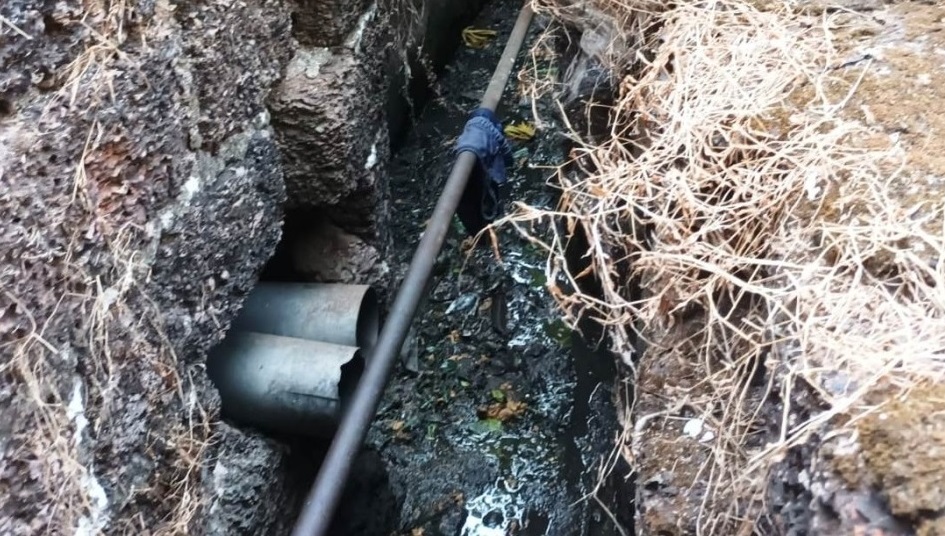Suction-based system to tackle sewage overflow in low-lying areas

The hope for cleaner drainage: Can vacuum sewer technology solve sewage overflow in Margao’s low-lying neighbourhoods?
MARGAO
There’s finally a ray of hope that low-lying areas of the commercial capital, Malbhat, and the Gandhi Market area will be connected to the Margao sewerage line via the vacuum sewer system.
The ball was set rolling on Wednesday after the Margao Municipal Council gave a green signal to the PWD, Sewerage Department to implement the vacuum sewer technology, as the civic body gave NOC to install the system on the MMC-acquired land at Malbhat.
Of the low-lying areas in the commercial capital, the vacuum sewer system will be implemented first as a pilot project in the densely populated Malbhat – which remains unconnected to the Margao sewerage project to date. Resultantly, sewage generated in the households and commercial establishments located in the low-lying areas has been flowing into the stormwater nullahs, which later flows into the Salpem Lake and the River Sal, contaminating the water bodies.
At the special meeting of the Margao Municipal Council held on Wednesday, a PWD official explained that the PWD has approved the implementation of the vacuum sewer technology in the Malbhat area. He said the vacuum technology has been successfully implemented in the Mala area of Panaji for the last two years.
“The vacuum sewer technology is implemented in low-lying and densely populated areas for want of space to lay the conventional underground sewer lines. Since the Malbhat area is a low-lying area and densely populated too, the vacuum sewer technology is an answer to the overflowing soak pits and discharge of raw sewage into the storm water nullahs,” the official said.
He added: “The vacuum sewer line is based on the suction technology, wherein sewage from the households and commercial units is sucked and released into the existing sewage manhole, carrying the sewage to the treatment plant at Sirvodem.”
---
PIL spurs action on city's sewage crisis
MARGAO: Implementation of the vacuum sewer technology in the Malbhat area of the commercial capital is the direct outcome of the Public Interest Litigation filed by Navelim citizen Prof Antonio Alvares on Salpem Lake contamination.
For, during the hearing of the PIL, reports submitted by the Margao Municipal Council and the Goa State Pollution Control Board (GSPCB) spoke about households and commercial establishments, revealing the rampant discharge of sewage into the stormwater nullahs.
Incidentally, the authorities could not initiate action against the households and commercial establishments for discharging sewage into the drains and gutters for the simple reason that people cannot be penalised for discharging waste into the water bodies, since the authorities have failed to lay the infrastructure for sewage disposal.
In fact, during the hearing of the PIL, the Amicus Curiae had pleaded with the Court to issue directions to the Sewerage Infrastructural Development Corporation of Goa Ltd and the Margao Municipal Council to conceptualise, tender, engage the services and implement the vacuum sewer system for the collection of sewage discharge in the low-lying areas of Margao, such as Malbhat, Gandhi Market etc., (including the areas as highlighted in the report titled "vacuum sewer system for the low-lying areas of Madgaon" and any other low-lying area within the jurisdiction of Margao) as expeditiously as possible and in any case within twenty-four weeks from the date of the order.
While disposing of the PIL, the court had observed that it would expect the Sewerage Infrastructure Development Corporation of Goa Ltd (SIDCGL) to take expeditious steps for the installation of the vacuum sewer system, adding, “Though the Amicus has suggested that the process should be completed within 24 weeks, we give liberty to SIDCGL to approach this court, in case the timeline could not be met.”